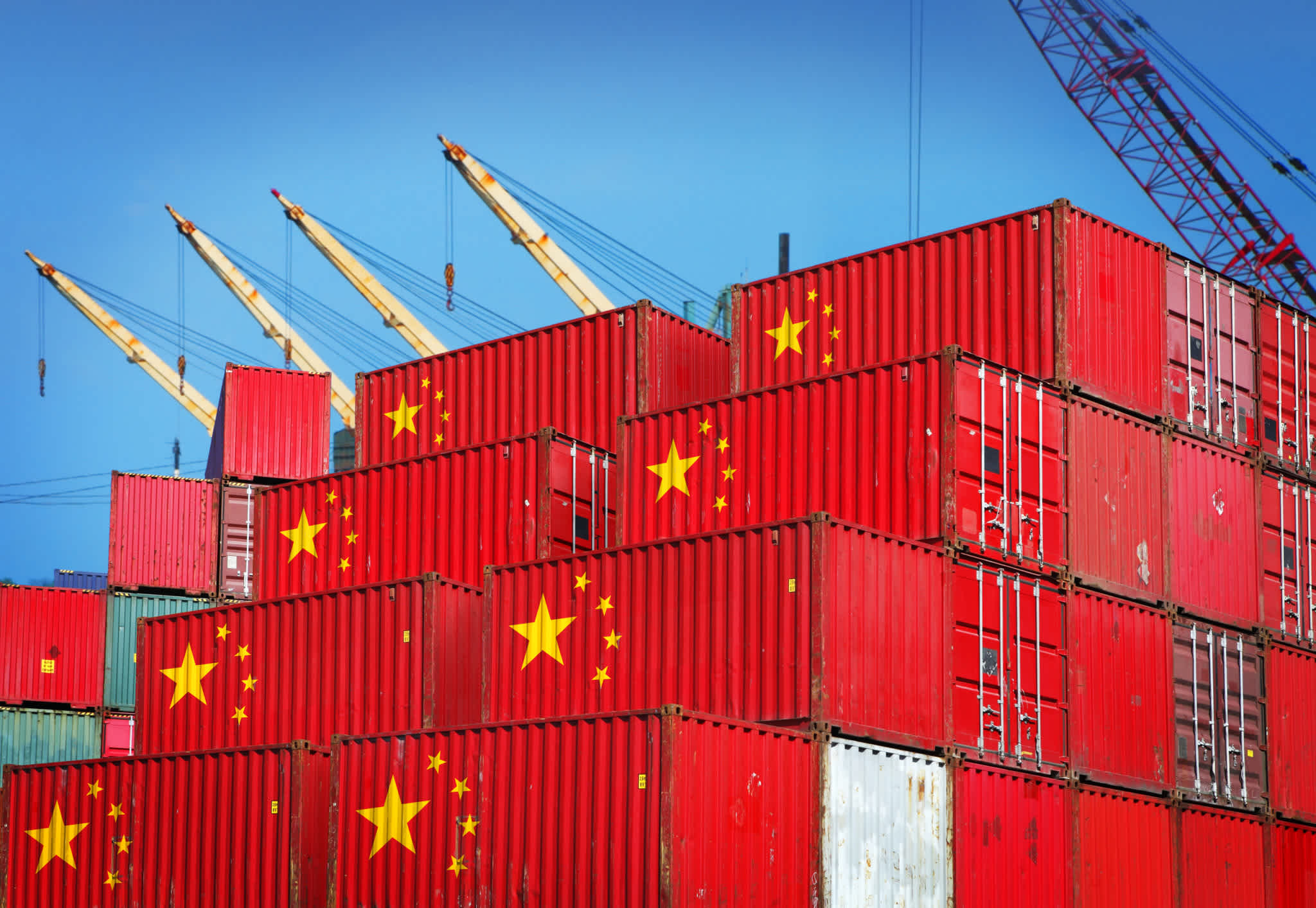
2018 年 04 月 04 日
Navigating the new Chinese import tariffs
Navigating the new Chinese import tariffs
By now there’s a good chance you’ve seen the news that a fresh round of import tariffs have been announced by the U.S. Administration. The Chinese have responded in kind. While Flexport believes that global trade is absolutely essential to a free and prosperous society, our immediate focus in the coming weeks will be on the impact to our clients. We also believe these algorithmically chosen new taxes–which were “drafted to achieve the lowest consumer impact”–are navigable by a resilient supply chain industry.
If you need a quick refresher: The Office of the United States Trade Representative (USTR) has published the list of about 1300 harmonized tariff codes (HTS) of items imported from China that may be subject to 25% additional tariffs levied on imported goods (duties) under the Section 301 process. The official notice from the USTR is here.
The proposal to apply 25% additional tariffs on the 1300 product categories has real-world implications for many businesses and their employees. This week, we’ve been rapidly assessing the possible impact and have reached out to all of our affected clients. But just what are we talking about here?
NEWS: In response to China’s unfair trade practices, USTR releases the proposed list of Chinese products that could be subject to tariffs. More here: https://t.co/WU4mqDYJIv
— USTR (@USTradeRep) April 3, 2018
All-told, if demand stays the same, the total value of these duties for Flexport clients will equal 2.6% of Flexport’s yearly commercial value of shipped goods. In the total lifetime of our company, we’ve been privileged to ship over six billion dollars worth of our clients’ stuff. Looking at our proprietary data, had these same tariffs been in place in 2017, it could have cost 173 of our clients $13,641,334 in additional customs duties. Some of our clients will see the majority (or entirety) of their supply chains affected.
If the tariffs that President Trump announced today had been in effect throughout 2017, assuming our clients didn’t change their import volumes, it would have cost 173 clients $13,641,334 in additional customs duties (taxes).
— Flexport (@flexport) April 3, 2018
These tariffs affect a wide range of industries and commodity types. The harmonized tariff codes impacted include pharmaceutical and chemical products, high-tech machinery, and even furniture. And while the long-term economic fallout will take time to understand, you can already head to flexport.com/data to see the total value of all of these affected tariff codes, and where they come from.
There’s a public review and comment process, and we strongly encourage all business owners and interested parties to file comments per the instructions in the official notice. The comment period ends on May 11, 2018, after which the USTR office will hold a public hearing on May 15, 2018, in Washington DC. Rebuttals are due post hearing by May 22, 2018. The U.S. will then decide on which, if any, HTS numbers to move forward on the Section 301 tariffs and the duties will apply.
In the coming days, we’ll be doing even more in-depth analysis and begin partnering with our clients to make sure they are well-positioned to get their goods to market, no matter the tariff situation in place. But for now, we’re advising clients on a few points:
Review the list for HTS that you import. Then search for your own HTS code to see how much volume is actually imported into the US, and potentially spot other countries that export the same goods.
If you are impacted, file comments of how this will negatively impact your business by May 11, 2018.
Estimate the financial impact to your business and think now about how you want to proceed?
- Can you absorb the increase in duties or will you pass these fees along to your buyers?
- Will you change what you import?
- Can you source these same items from suppliers not in China?
- Consider doing fulfillment at origin, so that your products can be cleared through customs individually already consigned to the end consumer, which if the goods are under $800 per parcel, will exempt them from Customs duties altogether.
Please join us Tuesday, April 17th for an exclusive webinar with our VP of Customs, as we do a deep dive into the proposed tariffs and what businesses can do to prepare and succeed.
If you’d like to learn more about how your own business may be affected, or are interested in the data implications, stay tuned to flexport.com/data or get in touch.




